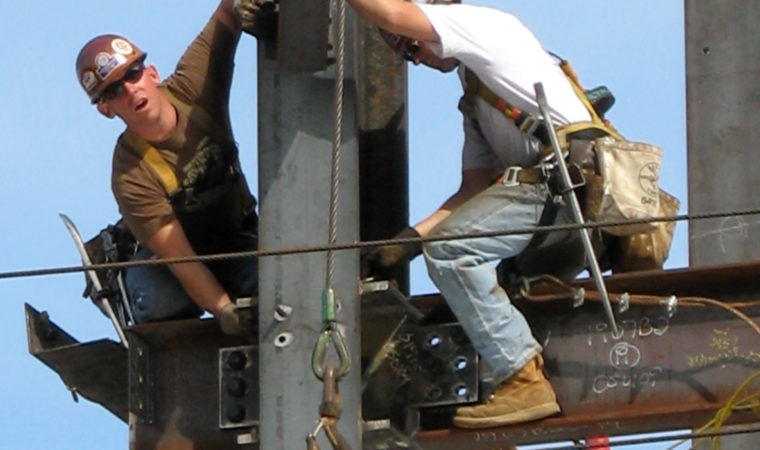Every year since 1970, the American Federation of Labor and Congress of Industrial Organizations (AFL-CIO) has observed April 28 as Workers’ Memorial Day. On this day, businesses, unions and individuals around the world remember those who have been injured or killed due to workplace accidents. In 2014 alone, nearly 5,000 people lost their lives to hazardous working conditions. Millions of other workers were injured in some way or another.
This year, the AFL-CIO is pushing for reform in workplace conditions, including safer, healthier conditions and higher wages. Countries around the world also observed International Workers Memorial Day for their own fallen workers. The reason why is simple: To call attention to hazardous working conditions, and to instigate legislation for safer workplaces. The mission was succinctly stated by Mary Harris “Mother” Jones: Mourn the dead and fight for the living. Though this is a national issue, it really hits close to home in South Carolina.
The National Picture
According to the US Department of Labor, workplace fatalities rose across the board by about 2 percent between 2013 and 2014. However, the rates in certain demographics rose more than others. For workers over 55 years old, fatalities rose by 9 percent to 1,621. That’s the highest number of fatalities for this age group since the DOL started tracking statistics in 1992.
In order to help prevent such tragedies, the Occupational Safety & Health Administration (OSHA) instituted new reporting mandates on January 1, 2015. Before these new rules were in place, employers only had to report fatalities and incidents in which three or more employees were hospitalized. Now, reports must be filed if even one worker is hospitalized. In addition, all amputations and lost eyes must also be reported. Since January 2015, more than 10,000 serious injuries have been reported to OSHA. This has allowed the agency to “better target resources where needed, and engage employers in high-hazard industries to identify and eliminate hazards.”
2015 also saw other improvements in workplace conditions. OSHA implemented new rules that limited the amount of silica dust in workplaces, which is expected to eliminate 600 fatalities and 1,000 cases of silicosis annually. In addition, the Mine Safety and Health Administration (MHSA) declared new regulations to reduce the amount of coal dust in mines and to ensure constant monitoring for dust. While these are giant strides forward, the AFL-CIO knows there is still much work to be done.
Focusing on South Carolina

In 2014, 64 people were killed on the job in South Carolina. The greatest majority of these deaths were in the natural resources, construction and maintenance industries. Looking at it another way, the greatest majority of people died due to transportation incidents. Overall, these rates make South Carolina the 21st deadliest state in the nation.
However, injuries and illnesses statistics are a bit bleaker. In 2014, there were a reported 34,500 cases. While the majority of all OSHA cases are preventable, enforcing every single rule would be downright impossible. With South Carolina’s current number of OSHA investigators versus the total number of workplaces, it would take about 150 years to visit every single one. That’s why it’s important for employers — and employees — to be familiar with OSHA regulations and common safety practices, and to ensure they are being followed.
Continuing the Fight
Unfortunately, at times it seems like fighting for employee rights is an uphill battle — and those at the top tend to have superior weaponry. Business groups, lobbyists and other parties are trying everything they can to eliminate current and future protections and rights of employees. After all, instituting safety regulations usually costs businesses money, which is their top priority. If you work for an employer who would rather see greater profit margins than safe and happy employees, you know this truth all too well.
That’s not to say every workplace puts employees at the bottom of the priority list. But for groups like the AFL-CIO, even one worker having to perform their job in unnecessarily hazardous environments is too many. That’s why they fight every single day for the rights of employees and ensure their rights are being protected. They push for tougher regulations and laws that allow workers to do their jobs without worrying about being injured or killed. And when it comes down to it, these are rights every single person should be entitled to, not ones that should require a battle.


